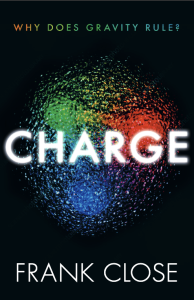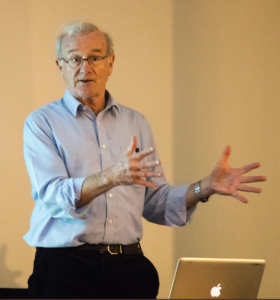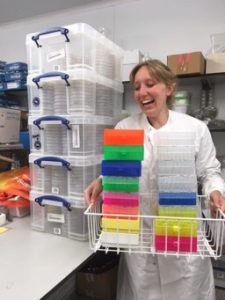Tuesday 15th October 2024 from 19:00 for 19:30
Abingdon United Football Club (Northcourt Rd, OX14 1PL, Abingdon)
Superconductors are incredible substances that allow very large electrical currents to flow through them, with zero resistance. They also exclude magnetic fields, or only allow them to penetrate in peculiar ways. Both of these properties are the result of macroscopic quantum phenomena which emerge when the material is cooled to very low temperatures (-190 °C at least), and can be exploited in a large range of extremely useful high tech devices, such as extremely powerful superconducting magnets (in MRI machines, or the Large Hadron Collider for instance), MagLev trains, and very low loss power transmission. One of the most important practical things that one must be able to do with a technologically useful superconductor is to join it seamlessly, with minimal loss of superconductivity to another piece of superconductor. This is a mature technology in conventional, low-temperature superconductors, but we have been developing ways to do so for newer, and more powerful high-temperature superconductors, as well as exploring jointing between dissimilar types of superconductor. This is an essential step to the next generation of ultra-high field magnets, as well as useful superconducting power transmission. It is my hope that I can introduce listeners to the incredible world of superconducting technology, and show how we stand at the brink of a true revolution.
Speaker: Petr Zagura
Petr is currently a doctoral student at the University of Oxford at the Centre for Applied Superconductivity, under Professor Susie Speller, where his main focus lies on persistent-grade (i.e. extremely low resistance) joints between superconductors, with particular emphasis on Bi2Sr2Ca1Cu2O8 (Bi-2212) high-temperature superconducting round wire. He studied at the University of Bath for his undergraduate and masters in Natural Sciences, where he majored in Physics and minored in Chemistry, and completed a research project on slit-tape REBCO magnets with Professor Simon Bending.  During his undergraduate studies, he completed a research internship at Siemens Magnet Technology in Eynsham, where he was originally inducted into the dark arcane arts of superconductivity. Before that, he completed his GCSEs and A Levels in Gibraltar, where he spent his high school years climbing rocks and taunting the monkeys. Originally from the Czech Republic, he was born in a small town in the north-east of the country, and grew up hiking and frolicking on the western foothills of the Carpathian Mountains.
During his undergraduate studies, he completed a research internship at Siemens Magnet Technology in Eynsham, where he was originally inducted into the dark arcane arts of superconductivity. Before that, he completed his GCSEs and A Levels in Gibraltar, where he spent his high school years climbing rocks and taunting the monkeys. Originally from the Czech Republic, he was born in a small town in the north-east of the country, and grew up hiking and frolicking on the western foothills of the Carpathian Mountains.






